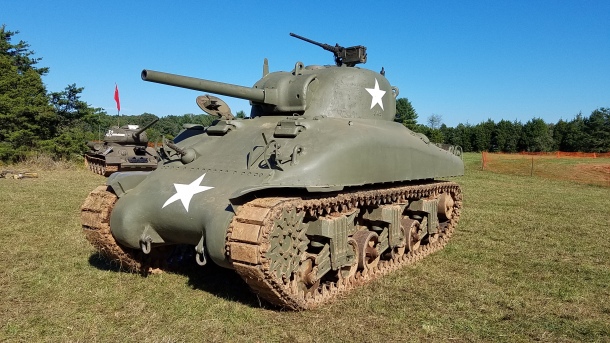Here are a few photos we took this past weekend while in Nokesville VA. You really have to see one of these Valentine tanks in person to appreciate just how small they are. The small size of this vehicle was accentuated by the fact that it was displayed next to a M3 Grant tank.













 There is an important distinction to be made between data, analysis and information. In the military, it is particularly the case when referring to intelligence. Information coming into the intel office is data. Information being put out by the intel office is intelligence.
There is an important distinction to be made between data, analysis and information. In the military, it is particularly the case when referring to intelligence. Information coming into the intel office is data. Information being put out by the intel office is intelligence.